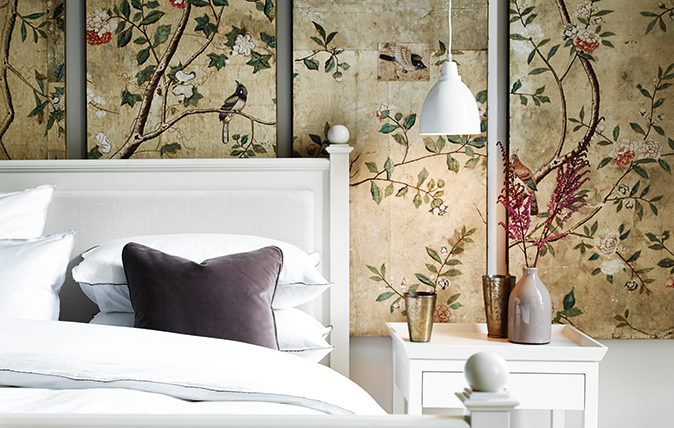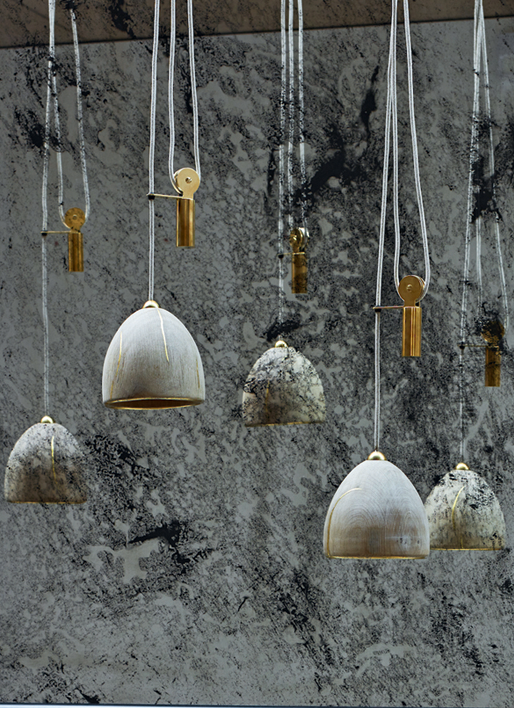Pendant lights hitting the heights by plumbing new depths
Giles Kime takes a look at the trend for low-hanging lights.


In 1926, the US economist George Taylor claimed that hemline fashions directly correlate to the health of an economy; low in bad times (the 1930s) and high in good times (the 1960s). I hope that the same isn’t true of pendant lights because they are descending rapidly.
There are all sorts of reasons for this, none of which have anything to do with economic sentiment. The first is that almost 140 years after Thomas Edison applied for a patent on his electric bulb, we have eventually realised that, in most circumstances, lamps are better at eye level or below.

It’s a lesson we’ve learnt from all sorts of good examples: the giant shades that are now almost obligatory over kitchen islands, the flattering glow of wall lights on either side of bathroom mirrors (rather than above it), the relaxed feel of restaurants and hotels that are lit exclusively by table lamps rather than by dazzling chandeliers overhead. The result is that pendant lights are beginning to turn up in all sorts of unexpected places previously occupied by table lamps: by bedsides, on consoles and over kitchen worktops.
The other reason for this is that the choice of pendant lights is becoming more extensive. They have a more discreet feel more in keeping with the current mood than a chandelier and they won’t dazzle you when in close proximity. Pendant lights have practical advantages, too. Like anything hung from the ceiling (kitchen pans, Serrano hams, bicycles), they free up valuable space on floors, worktops and bedside tables.
And, compared to wall-mounted lights, they are easier to fit retrospectively. They might take some getting used to for late adopters but, like black walls, painted floors and goatskins, that’s only a matter of time.

Exquisite houses, the beauty of Nature, and how to get the most from your life, straight to your inbox.
